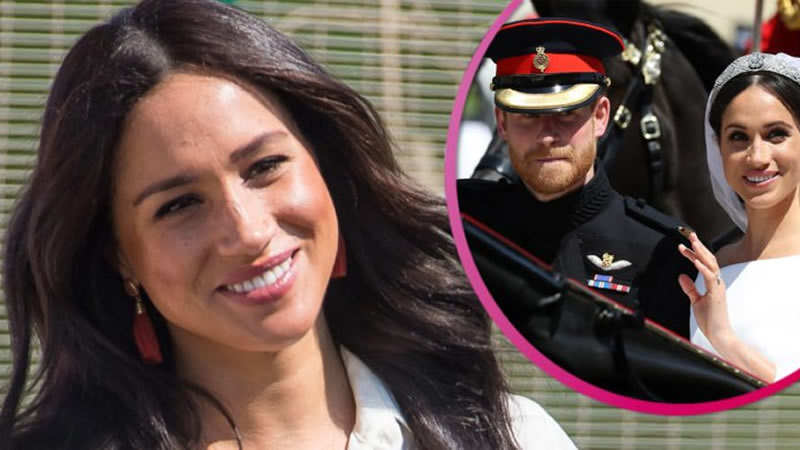
Meghan Markle and Prince Harry’s Royal Departure Sparks Major Changes and Reflections
Share0In January 2020, Meghan Markle and Prince Harry made the groundbreaking decision to step back from their roles as working members of the British royal family, seeking a life of independence akin to that of ordinary citizens. This bold move set in motion a series of significant changes for the couple, culminating in the confirmation a year later that they would not be returning to their royal duties.
This transition away from traditional public service meant that Prince Harry would relinquish his royal patronages and honorary military titles, a decision announced by Buckingham Palace in 2021 when Harry was 39 years old. Among the affiliations they parted ways with were prestigious organizations such as the Queen’s Commonwealth Trust, the Royal National Theatre, and the Association of Commonwealth Universities, all of which reverted to the reigning monarch at the time.
The palace expressed a tone of regret over the couple’s departure, stating that while the decision was saddening, Harry and Meghan would continue to be cherished members of the royal family. Despite stepping down, the Duke and Duchess of Sussex were allowed to retain their titles, a gesture from the Queen, signifying their ongoing connection to the royal lineage.
The removal of their HRH (His/Her Royal Highness) status was mutually agreed upon, reflecting their new non-working status within the royal framework, although they maintained their Duke and Duchess of Sussex titles, with experts suggesting that King Charles is unlikely to revoke these honors. In response to the developments, Harry and Meghan issued a statement reaffirming their dedication to service, both within the UK and globally, underscoring the universal nature of service and their willingness to support the organizations they had been associated with, regardless of their official capacity.
However, their aspirations for a service-oriented life were complicated by their foray into commercial ventures, including lucrative deals with platforms like Netflix, which presented challenges to their ability to fulfill traditional royal duties. This transition underscored the late Queen Elizabeth’s standpoint that royal life and financial independence were mutually exclusive commitments.
The royal family’s response to Harry and Meghan’s decision involved a 90-minute summit at the Queen’s Sandringham estate, attended by senior royals, possibly including King Charles, to deliberate on the couple’s future. Following these discussions, the Queen stated support for Harry and Meghan’s desire to forge a new path, acknowledging their preference for independence while expressing a familial wish for their continued involvement in royal duties. The Queen’s statement also outlined a transitional period allowing the Sussexes to divide their time between Canada and the UK, highlighting the complexity of the situation and the need for further deliberation to reach a conclusive arrangement.
This pivotal chapter in the lives of Meghan Markle and Prince Harry marked a significant departure from royal tradition, heralding a new era of independence for the couple while maintaining their connection to the royal family. The unfolding of these events captured the attention of the public and media alike, underscoring the evolving nature of royal service and the challenges of balancing personal autonomy with public responsibilities.
